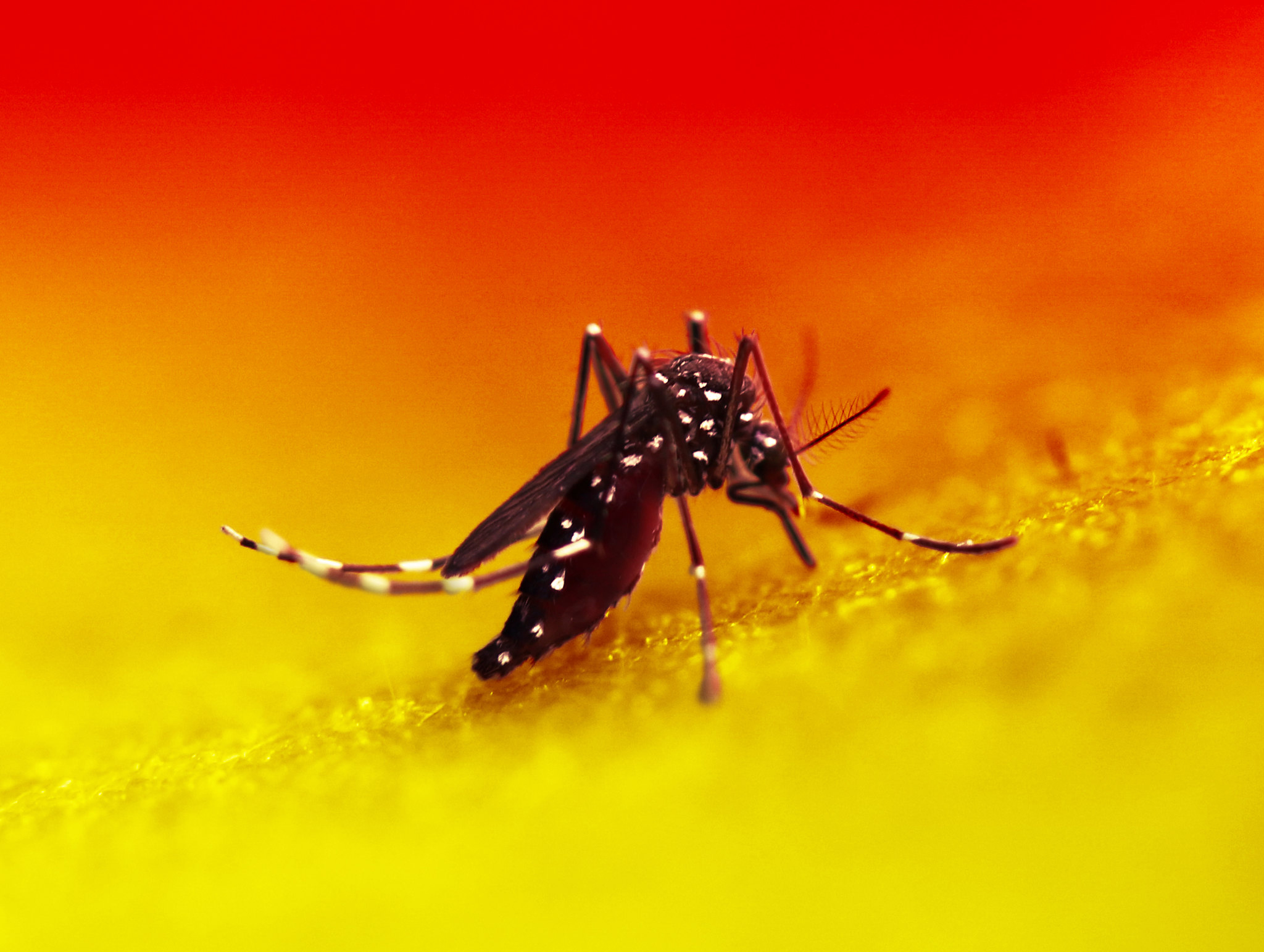Hearing loss is a growing problem, which will affect one in four people in 2050, according to the WHO. A real epidemic that could have harmful consequences on our daily lives and our health, even increasing the risk of develop dementia, or even reduce our life expectancy.
To address this, research is attempting several approaches, including regeneration of hearing cells that we lose due to illness, trauma or noises too powerful. However, the loss of these cells is not the only cause of hearing loss. It would begin much earlier, when these cells lose their synapses, that is, the connections between these cells and the auditory neurons that send their information to the brain.
A new study from the University of Michigan (USA) has just shown that it is possible to regenerate these synapses, which could constitute an effective treatment to repair hearing loss from its beginnings. These results were published on June 27, 2024 in the journal Plos Biology.
A protein that increases the number of synapses in inner ear cells
In our inner ear, sound is transformed into a neuronal message by hair cells. These cells capture the vibrations that the sound generates in a column of liquid contained in the cochlea, a snail-shaped structure. To then transfer this information to neurons that connect to the auditory nerve.
This transfer of information occurs through synapses, contact zones where hair cells stimulate adjacent neurons. Normally, each hair cell connects with several neurons at the same time, but these connections are vulnerable to noise and aging, which leads to the breaking of these bridges between hair cells and neurons, decreasing the quality of the information transferred.
To better understand the consequences of these synaptic losses, the researchers used genetically modified mice, in which they played on the expression of a protein necessary for these synapses, neurotrophin 3 (Ntf3). While in unmodified mice, each hair cell had up to 20 synapses with auditory neurons, this number decreased or increased by about 30% depending on the expression of Ntf3 in the modified mice. This led to changes in the amplitude of the signal sent by the hair cells, showing that the number of synapses is indeed important for the quality of the information transferred to the auditory nerve.
This increase in synapses improves hearing
These changes in signal quality affected the behavior of the mice, who reacted differently to certain sounds. The animals jumped in the same way when they heard a sudden loud noise, showing that their hearing ability was not totally affected. And their ability to hear quieter noises was also unchanged: when the loud noise was preceded by a quieter sound, the mice jumped less when they heard the loud noise, which was less surprising than when it occurred in silence.
In contrast, their ability to hear quieter variations in the sound was different. Before hearing the loud noise that normally makes them jump, the mice were primed for it by listening to a soft background noise, interrupted by a short silence. This short silence in the middle of a low-intensity sound reduced the mice's startle response when they heard the loud noise, but this response depended on their expression of Ntf3 and therefore on the number of synapses they still had in their inner ear.
This ability to detect very small changes in a sound is essential for humans to recognize speech. So a decrease in the number of synapses from hair cells to neurons could explain the beginnings of hearing loss, when it becomes increasingly difficult to follow a conversation, for example in a noisy environment.
An additional result of this study is that mice that overexpressed Ntf3, and therefore had more synapses than normal mice, also had a better ability to hear these small sound changes. That is, they had super-hearing, while the number of hair cells and neurons had not increased, only the connections between them, which would improve the quality of the message.
Towards a potential treatment for mild hearing loss
This protein could therefore constitute an effective treatment to compensate for synaptic losses caused by age or noise. This is what these same researchers have previously managed to do in elderly mice or mice exposed to loud noises by treating them with Ntf3, managing to increase the number of synapses that connect their inner ear to their auditory nerve.
With this new study, they show that this increase in the number of synapses does indeed have an effect on hearing, and in particular on the ability to detect subtle variations in sound. This suggests that this molecule has the potential to improve hearing in humans under similar conditions. (with the beginnings of hearing loss due to age or noise, editor's note), enthuses the director of the study, Gabriel Corfas, in a communicates. These new results show that regenerating these synapses or increasing their number could improve the way these people process auditory information.“


